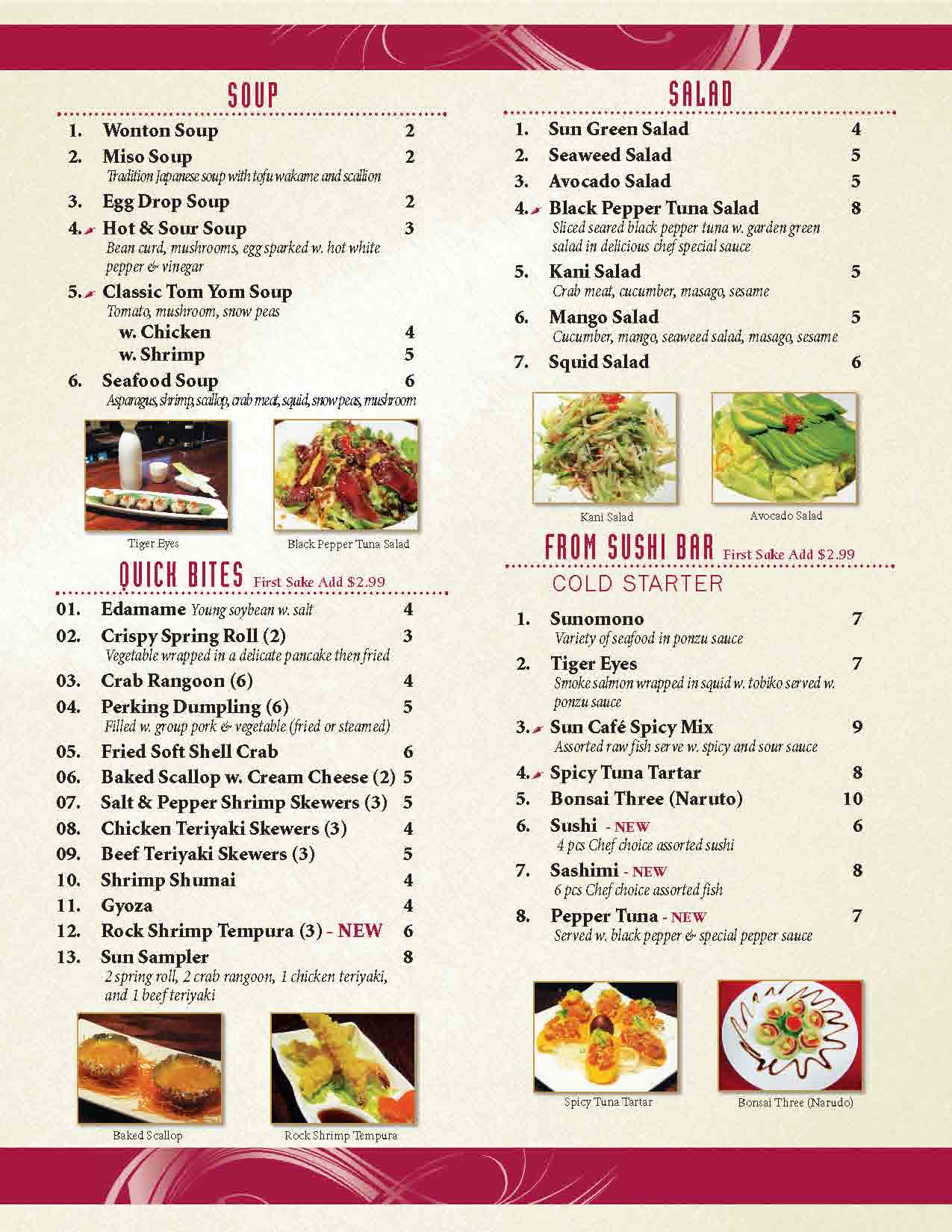Menu
A menu is a curated list of food and beverage offerings available at a restaurant or eatery. It serves as a guide for customers, showcasing the establishment’s culinary options and prices. Beyond simply listing dishes, a well-designed menu communicates the restaurant’s style, highlights key offerings, and influences customer choices through strategic layout, descriptive language, and pricing strategies. It’s both a functional tool and a reflection of the dining experience.
Description
Crafting the Perfect Menu: A Blend of Art and Science
A menu is more than just a list of dishes available at a restaurant; it’s a carefully crafted tool that communicates the establishment’s identity, entices customers, and ultimately drives sales. Crafting the perfect menu involves a blend of culinary expertise, psychology, and design. Here, we delve into the elements that make a menu effective and appealing.
Understanding Your Audience
The first step in creating a successful menu is understanding your target audience. A family-friendly restaurant will have a different menu from a fine dining establishment. Knowing your customers’ preferences, dietary restrictions, and spending habits helps tailor the menu to meet their expectations.
Menu Design and Layout
The design and layout of a menu play a crucial role in influencing customer choices. Here are some key considerations:
1. Eye-Scanning Patterns
- Golden Triangle: Studies show that customers’ eyes naturally move to the center of the menu first (the focal point), then move to the top right corner and finally to the top left. Placing high-profit items in these areas can boost sales.
- Z-Pattern: Another common eye-scanning pattern where customers’ eyes follow a Z-shaped path across the menu. Positioning popular or profitable items along this path can attract attention.
2. Categorization
- Grouping items into clear categories (appetizers, entrees, desserts, etc.) helps customers find what they’re looking for quickly. Subcategories like “vegetarian” or “gluten-free” can also be beneficial.
3. Descriptive Language
- Vivid descriptions can make dishes more appealing. Instead of “Grilled Chicken,” use “Herb-Marinated Grilled Chicken with Roasted Vegetables.” Descriptive language can evoke sensory experiences and make dishes seem more desirable.
Pricing Strategies
Pricing is both an art and a science. Here are some strategies to consider:
1. Charm Pricing
- Prices ending in .99 or .95 (e.g., ₱9.99) can make items seem less expensive than they are, although some high-end restaurants prefer whole numbers (e.g., ₱10) to convey quality.
2. Anchor Pricing
- Placing a high-priced item at the top of the menu can make other items seem more reasonably priced in comparison. This can encourage customers to spend more.
3. Price Placement
- Avoid listing prices in a straight column, as it encourages customers to choose the cheapest options. Instead, integrate prices into the descriptions to reduce price-focused decision-making.
Highlighting Specials and Signature Dishes
Featuring specials or signature dishes prominently on the menu can draw attention to these items. Use boxes, borders, or different fonts to make these stand out. Limited-time offers or seasonal dishes can create a sense of urgency and exclusivity.
Incorporating Visuals
High-quality images of dishes can be highly persuasive, but they should be used sparingly to avoid clutter. Professional photos that accurately represent the food can whet customers’ appetites and boost sales. For upscale restaurants, illustrations or minimalist design elements might be more appropriate.
Menu Engineering
Menu engineering involves analyzing the profitability and popularity of each item. This analysis can categorize items into four groups:
- Stars: High profitability and high popularity.
- Puzzles: High profitability but low popularity.
- Plowhorses: Low profitability but high popularity.
- Dogs: Low profitability and low popularity.
By identifying these categories, restaurants can make strategic decisions, such as promoting “Puzzles,” reworking or removing “Dogs,” and ensuring “Stars” are prominently featured.
Sustainability and Dietary Considerations
Modern diners are increasingly concerned with sustainability and health. Including information about locally sourced ingredients, organic options, and sustainable practices can appeal to environmentally conscious customers. Additionally, clearly marking vegetarian, vegan, gluten-free, and other dietary options is essential.
Regular Updates and Seasonal Menus
Menus should not be static. Regular updates keep the offerings fresh and exciting, and seasonal menus can showcase the best ingredients available at different times of the year. This not only keeps customers coming back but also allows for flexibility in sourcing ingredients.
Conclusion
A well-crafted menu is a powerful tool that can significantly impact a restaurant’s success. By understanding the target audience, employing strategic design and pricing, highlighting key dishes, and regularly updating offerings, restaurants can create a menu that delights customers and drives profitability. Remember, the menu is often the first impression a customer has of your restaurant—make it count.



Reviews
There are no reviews yet.